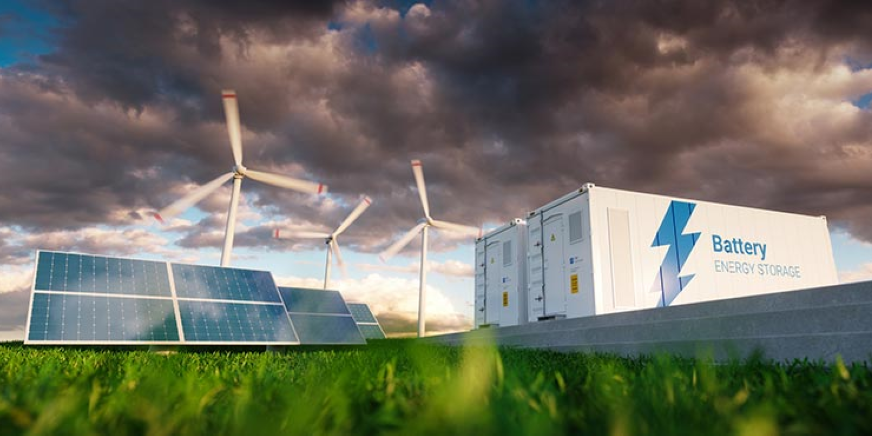The 12th IEEE Electrical Energy Storage Applications and Technologies (EESAT) conference will be held January 29-30, 2024, at the DoubleTree – Mission Valley in San Diego, CA.
EESAT has been a forum for presenting advances in energy storage technologies and applications since 2000. This forum is now sponsored by the IEEE Energy Storage and Stationary Battery (ESSB) Committee, under the IEEE Power and Energy Society, with continuing support from the Department of Energy’s Office of Electricity and the National Laboratories.
The technical program will highlight advances in electricity storage technologies including new battery chemistries, such as flow, sodium, zinc, and other battery designs, flywheels, hydrogen storage, PS, CASE, and novel approaches such as demand response as storage programs. At the same time, the forum will highlight advances in power conversion systems that make grid-scale as well as distributed/renewable energy storage more efficient and effective; promote advances in energy management and device management systems that maximize value while enabling safe and reliable operation; and finally, discuss advances in markets, standards, and policy that unlock energy storage as a critical enabler of the energy transition. This conference aims to foster a multidiscipline, systems-oriented, collaborative environment for energy storage researchers and professionals engaged in the technical aspects of energy storage to share ideas and find collaborative ways to solve big problems together. We cultivated a community of practice around energy storage research that cuts across the boundaries that normally divide technical societies and journals.


